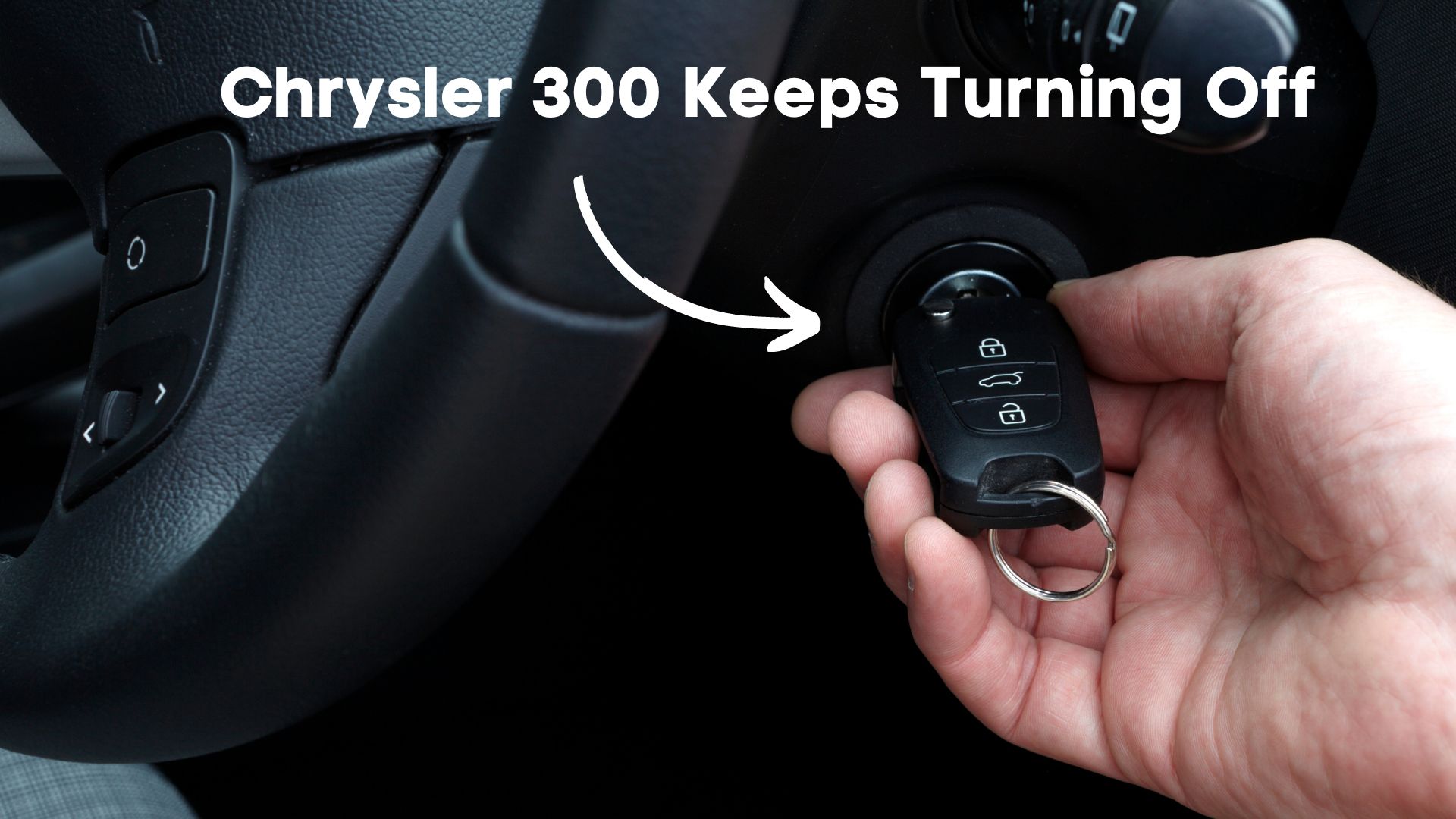No matter which car you are driving, if your car is constantly turning off while you are driving, it will often be frustrating to deal with. Not only will it be frustrating, but it could also be dangerous when you lose control of the car and all the features inside. If your Chrysler 300 keeps turning off, you could be dealing with a serious issue that you will need to make sure you figure out.
1. Low Fuel Levels
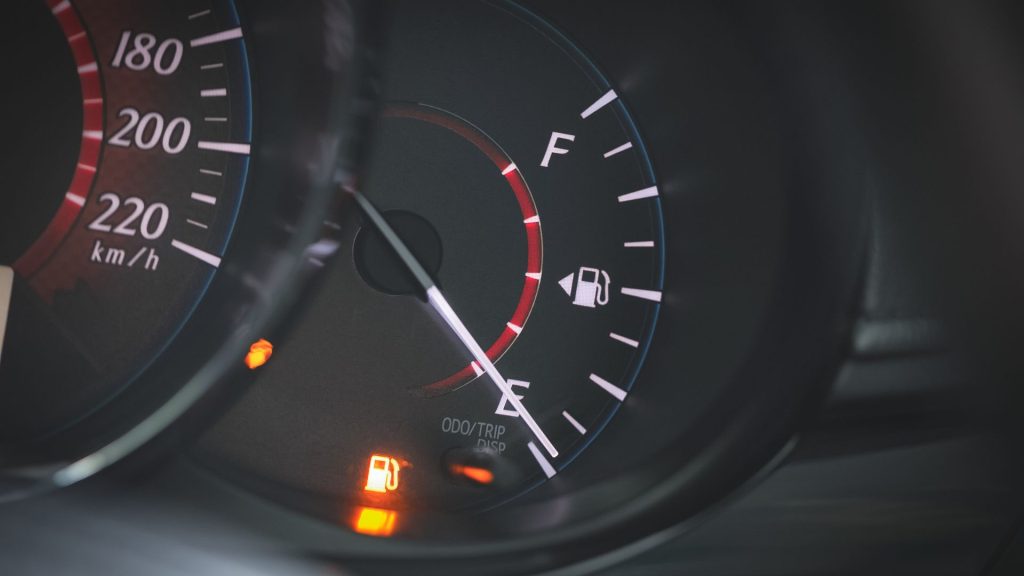
While this one is pretty self-explanatory, the Chrysler 300 is similar to any fuel-driven car. It needs some form of fuel that can get into the engine and power the car to go forward. If the car has low fuel, you might not be able to effectively turn the crankshaft and this will cause the car to seize.
Generally, the problem would occur when you have stopped the vehicle and you are looking to start it again. I would recommend that you make sure your fuel tank is working and there is enough fuel in the vehicle.
2. Fuel Pump & Injector Issues
Each car uses a fuel pump that allows it to pump fuel directly to the injectors. If the fuel pump is having any issues, you will find that the vehicle would not work effectively and this could cause some issues. Your fuel pump is one of the most important parts of the car, but it is a perishable part and might need to be fixed.
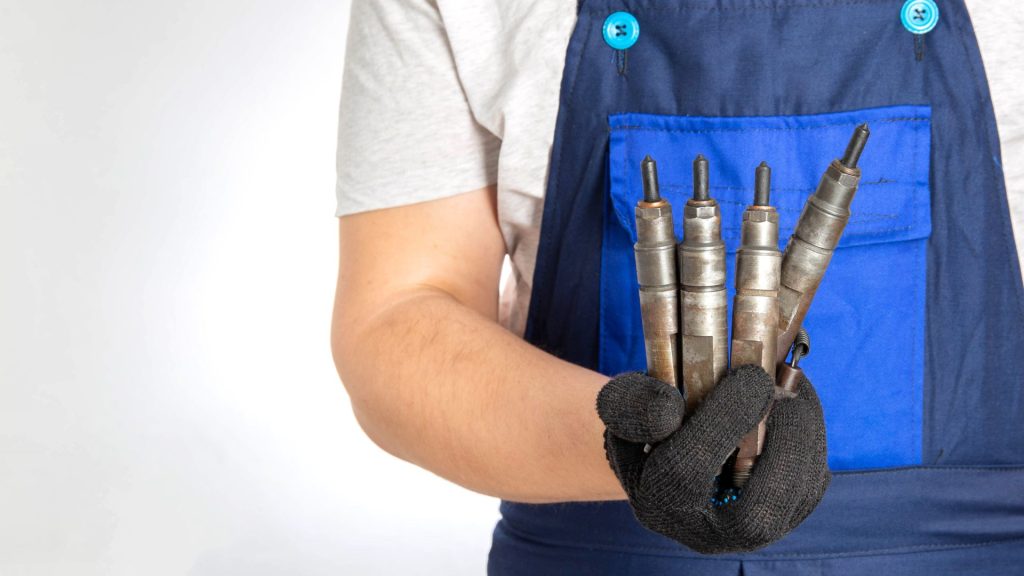
Additionally, your fuel injectors could also be causing some issues. If these injectors cannot inject the fuel into the car, it will often cause some of the components not to work as they are intended to work. Fuel injectors tend to be quick and easy to replace.
3. Battery Needs Replacing
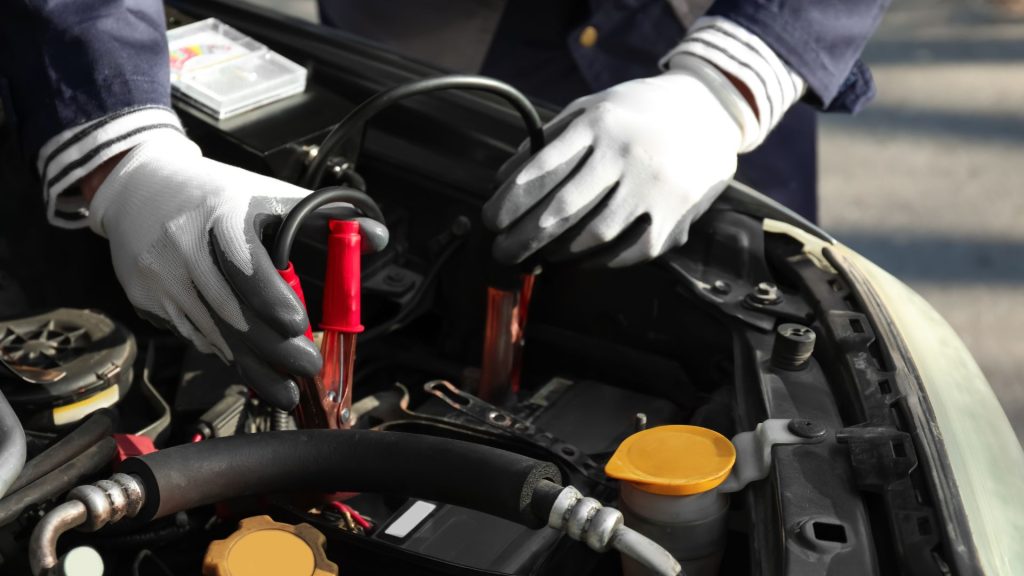
Another common reason that most cars do not want to start or they might quickly turn off after starting is when the battery is done. Your car battery only has a limited lifespan of charges and the more it gets charged and then discharged, the more issues you could be dealing with as well.
If the battery dies, you can try a few methods that would help you recharge the battery, but replacing it with a new one is often the safest way to go. This prevents you from worrying that you could end up stranded near the side of the road.
4. Bad Alternator
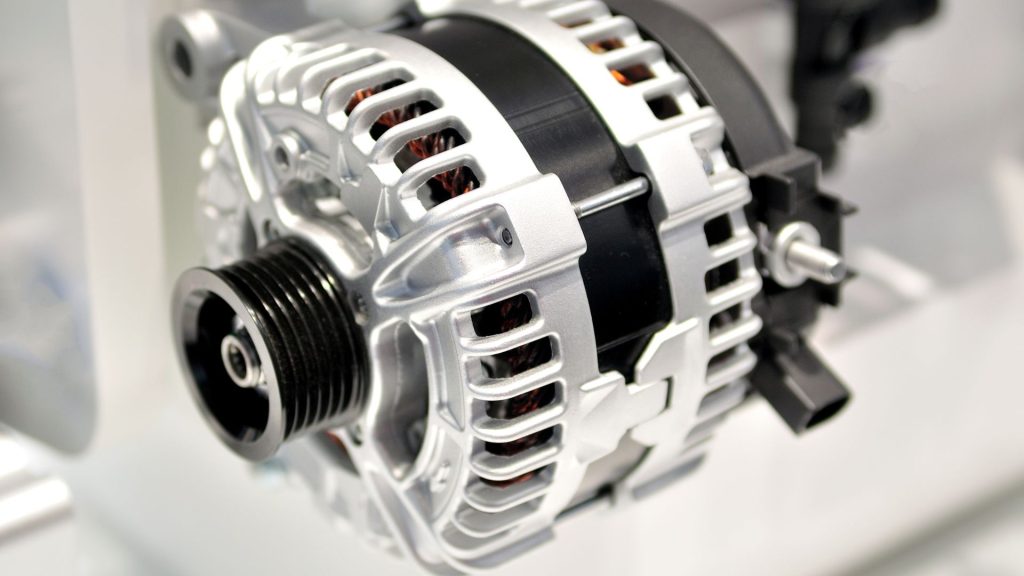
The alternator works with the battery to create enough electrical power to make the car work and to allow the car to operate as intended. If the battery does not work correctly, it could often be due to the alternator that might have gone bad and this makes it much harder to regulate the battery. Your car would also be heavily dependent on the battery alone.
The alternator is one of the most expensive components that you could need to replace in your vehicle and it would be better if you can simply reduce the reliance on this component whenever possible and have the battery function as normal. If the car does not start, have your alternator checked out for possible issues.
5. Faulty Ignition Switch
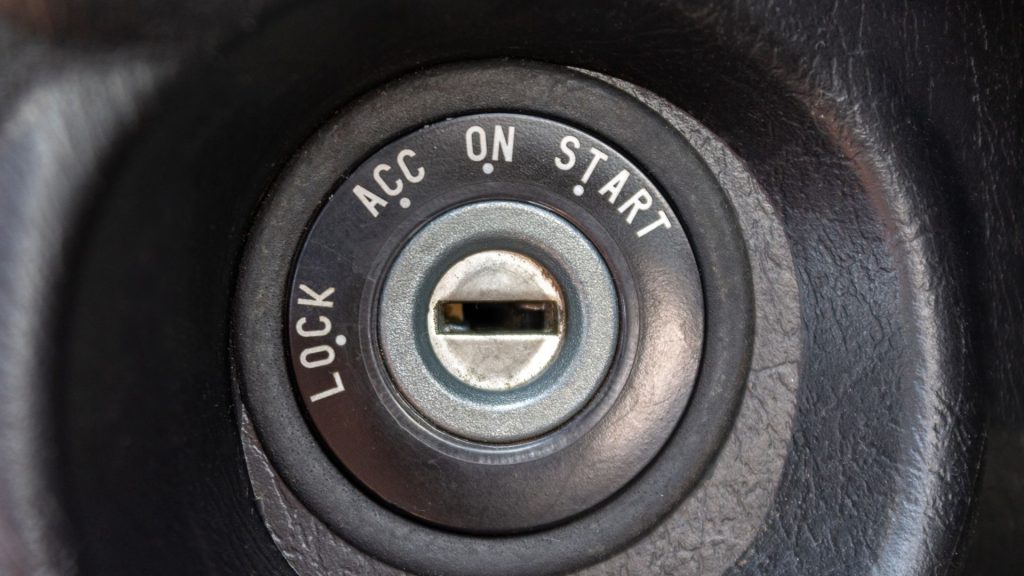
The ignitions switch will create the spark that allows the car to start. If your ignition switch is faulty, it could cause the car to turn off unexpectedly and this would prevent the car from starting the way that it should. A faulty ignition switch will often start the car, but it would also die down much more rapidly.
The ignition switch is one of the minor components and you should be able to have this one fixed rapidly. It is also not as expensive to replace this component, which makes it one of the easier options for you to use.
6. Overheating Issues
Many people are unaware that many of the newer cars have plenty of safety features that will seize the engine if it means protecting some of the other components in the car. If your cooling in the car is not working, your engine might reach temperatures that could potentially damage the engine or even cause the engine to run too high in temperature.
Overheating issues are often frustrating to deal with and you would need to make sure that you have enough coolant and all the cooling components are working effectively, or this might cause the engine to seize.
7. Electrical Wiring Issues
While the Chrysler 300 has never been known to deal with massive electrical wiring issues, it could be one of the reasons that it does not work as intended. There are many different possibilities when it comes to the electrical wiring and these could stem from the battery or other parts of the electrical current that makes it to the car.
You should check the poles to see if there are any signs of possible corrosion and you need to make sure that all the parts of the car are working as intended. Having a qualified mechanic check the electrical current with a multimeter would often be a great way to help.
Troubleshooting The Chrysler 300 Turning Off
If you have noticed that your Chrysler 300 keeps turning off, here are a couple of steps you can take. These might help you in figuring out what and where the problem is coming from to ensure everything is working:
- Check The Battery And Current: Start by checking the electronics of the car. It might be the battery or wiring, which saves you plenty of time.
- Check All The Fuel Components: If it is not the battery, chances are that it might be some of the fuel components of the car. You should do an overview of the fuel pump, injectors and ensure that your fuel tank is efficiently filled.
- Issues With The Engine: One of the last things you have to check if all else fails would be the engine. The engine is often one of the most frustrating things and often takes the most money to fix. However, you will finally need to check the engine if all else does not indicate the issue.
- Visit Your Mechanic: If you cannot diagnose the issue and you feel that you have given it a complete check inside the car, you might need to visit your mechanic. Your mechanic would be able to identify the issue much more rapidly and ensure that you can fix it.
It can often be overbearing and expensive to fix the issues within your car. However, you don’t want to find yourself stranded in the middle of nowhere with a car that does not work. It is best to make sure that you have all the components needed to ensure your car is in working order, each time you travel.

